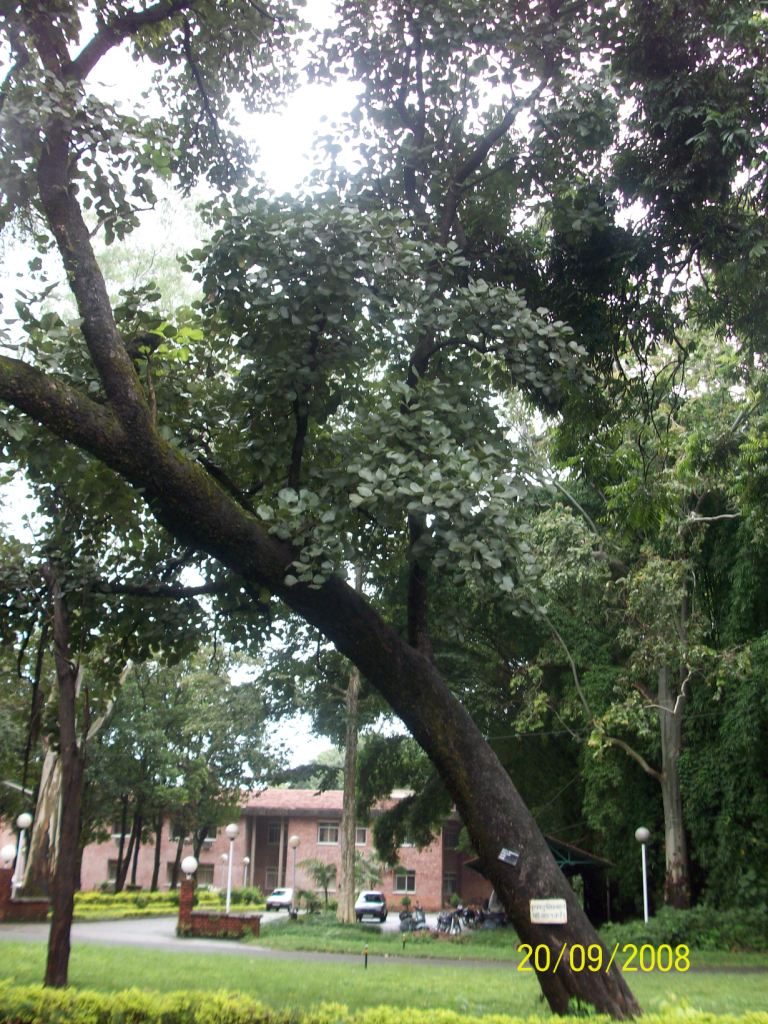Economic Importance of Butea monosperma
|
Description: Palas is a medium sized deciduous tree with a small, somewhat crooked trunk and large irregular low branches with a rather open crown. Bark is rough, fibrous, slate , grey to pale brown, blaze fibrous, innermost layer exudes a sticky red juice. Leaves compound, trifoliate, swollen at the base. Flowers are bright red, tinged with orange in large terminal racemes, flower parts tomentose. Pod flat, yellowish brown, single seeded.
Economic Importance:
- Perhaps the most important use of this tree is as a host of a lac insect for production of Rangini lac. It is cultivated for this purpose in Madhya Pradesh, Bihar, and in West Bengal.
- The species is suitable for raw material for the production of newsprint either alone or in mixture with bamboo pulp in proportion of 60:40
- The leaves are lobed for fodder for buffalo and are used for making leaf plates and cups and beedi wrapping.
- Flowers yield orange dye for colouring cotton fabrics but has little permanancy.
- Seeds used as vermifuge for elephants and horse. Kernels yields 80% of oil in expeller and 16 to 17% by solvent extraction. The oil is comparable to groundnut oil or sesame oil for use in soap industry. The seed and flower extract have contraceptive value. When the seeds are pounded with lemon juice , they act as a powerful rubefacient and have been successfully used as a cure for a form of herpes called dhobi’s itch.
- The bark particularly of roots yields a coarse brown fibre used for rough cordage and caulking boats. Incision in the bark gives a clear red gum known as Butea gum or bengal kino substituted for kino of commerce obtained fromPterocarpus marsupium.
- Wood used mainly for well- curbs and water -scoops; also employed as a cheap board wood and for structural work.
Editors Note- This is a new series of articles on various trees and their importance. This is a new initiative of greencleanguide wherein we will try to write articles focusing on areas of interest for children. This series will cover most of the trees that we come across in our day to day lives. The pictures were clicked by the editor in his student days as part of a research project.



